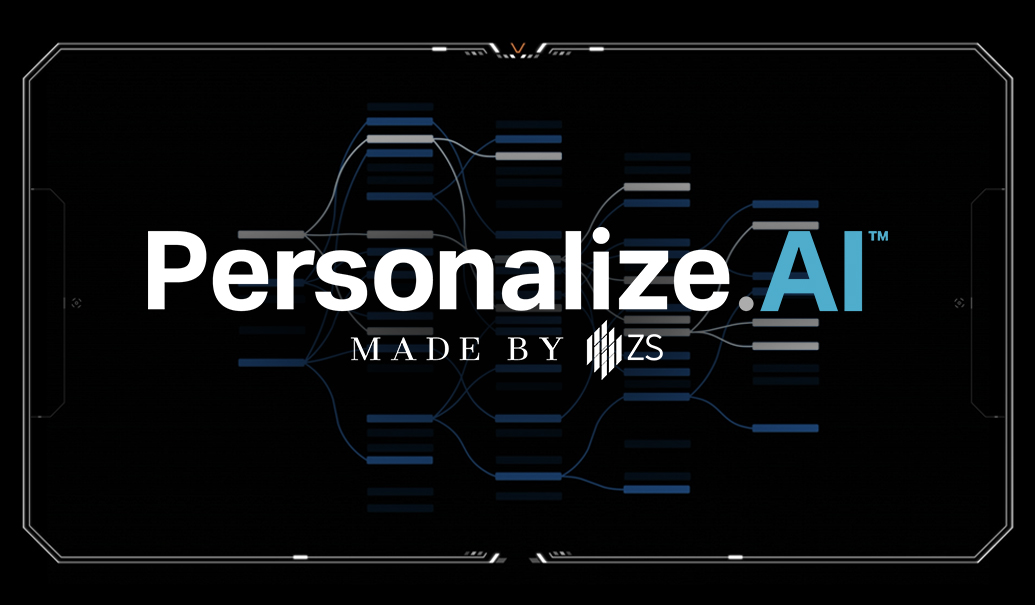When companies were first adapting to digital commerce, smartphones reshaped customer expectations. Businesses were motivated to meet their customers where they were, on their phones and tablets. Companies that simply made their existing websites mobile compatible struggled to realize mobile’s true potential. Firms that went back to the drawing board and redesigned the customer experience with a native mobile app were able to compete effectively and win. Others had to follow suit. Those that didn’t, suffered massive losses in customer engagement as well as revenues.
We’ve entered the generative AI era, where adoption at scale is already showing the potential to reshape industries. We have a choice: Treat AI as a feature by layering it onto today’s processes or as architecture by reimagining operating models, decisions and customer experiences to be AI native unconstrained by fragmented platforms. We believe in seeing AI as architecture that can be leveraged to reengineer how business is done across the enterprise. This framing now extends beyond startups into every enterprise, accelerated by the rise of foundation models and generative AI.
Here’s an example to illustrate: A marketer wishes to anticipate a customer need to continually suggest offerings that fulfill this need.
A feature approach (illustrated in the figure above) might involve using AI to generate predictive segmentation and deliver personalized recommendations in real time. One can then manually match actions to these new segments or in more sophisticated environments leverage a recommendation engine. In many cases, these two efforts (creating the segments and matching the actions) are largely disconnected. Disconnected platforms — spanning customer relationship management, customer data and marketing automation—often limit how quickly AI insights turn into action. Real-time feedback loops are now essential, with AI systems continuously learning from every interaction to improve relevance and outcomes.
Keep in mind that this approach of increasing sophistication on individual elements of an existing process has worked for many organizations for many years. Advances in foundation models, multimodal AI and enterprise platforms now make fully AI-native operations increasingly possible.
If we were to take an AI-as-architecture approach to solving this marketing problem, the extent to which AI could deliver value might be surprising. As the figure above illustrates, such a solution could include:
- AI-managed pipelines that orchestrate integration, enrichment and governance across structured, unstructured and multimodal data sources
- No limitation on the number of segments you can create
- Continuous intelligence that delivers customer-level insights and recommendations at scale
- Adaptive testing and optimization that evolve customer experiences as they happen
- Message and offer pipelines delivered to customers through their preferred channels
- Real-time feedback loops from customer interactions as they happen
All of these and more can increasingly run continuously, giving marketers clearer visibility into the opportunities they could pursue in real time.
An AI-as-architecture approach not only lowers costs but also accelerates growth, speed to market, and differentiation. An architecture approach automates or eliminates manual interventions at scale, dramatically reducing costs while freeing capacity for growth. But it requires that we fundamentally rethink how such business problems are being solved across the enterprise and redesign existing approaches. As more of this work happens, it will generate enterprise assets such as reusable prompts, fine-tuned models and knowledge graphs that can be applied across the organization.
An AI-as-a-feature approach is a viable place to start. But an organization must pivot quickly to an architecture approach. Those that fail to do this will not realize AI’s full benefits and will suffer the kind of competitive disadvantages now facing firms that are slow to adopt generative AI. Now is the moment to embed AI into your core operating model or risk being outpaced by competitors beginning scaling at speed.
















